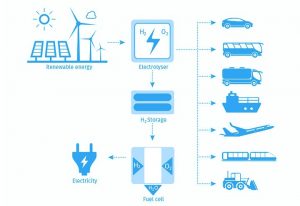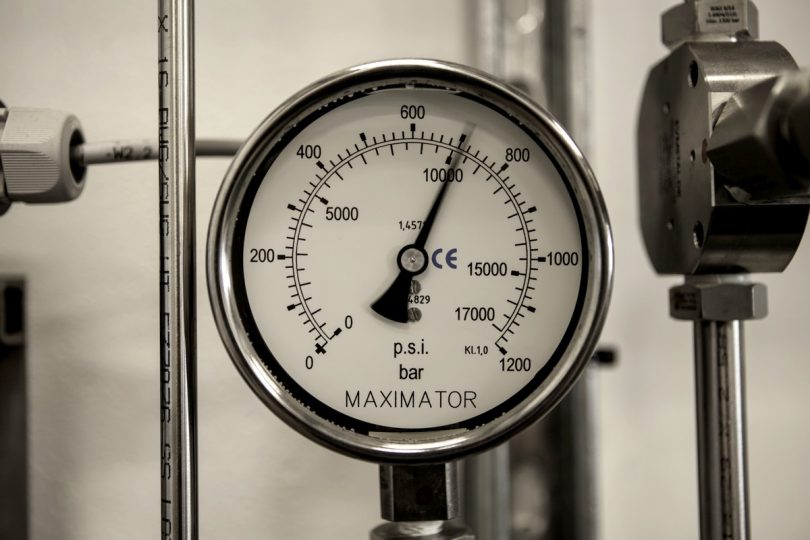The COSMHYC project achieved its first milestones, consolidating the design of the hybrid compression solution, which combines both mechanical and metal hydrid based compression.
The large-scale rollout of FCEVs on European roads relies considerably on the availability of an easy accessible fuelling infrastructure, providing hydrogen at reasonable costs. The COSMHYC project, which started in January 2017, works towards that goal by developing and testing a combined compression solution based on a mechanical compressor and a metal hydride compressor. The developments shall significantly improve the fuelling process and lead to cost reductions of up to 25% for hydrogen at the fuel pump.
 During the first part of the project, the COSMHYC team focussed on the definition of technical requirements for the compressor. A range of hydrogen compressor applications were thoroughly analysed and the consortium chose to adapt its development for refuelling of FC cars, busses and trains as well as for refilling of compressed hydrogen trailers. The hybrid compression solution will thus be designed to provide hydrogen at 700 bar from all sources of hydrogen having a pressure above 20 bar.
During the first part of the project, the COSMHYC team focussed on the definition of technical requirements for the compressor. A range of hydrogen compressor applications were thoroughly analysed and the consortium chose to adapt its development for refuelling of FC cars, busses and trains as well as for refilling of compressed hydrogen trailers. The hybrid compression solution will thus be designed to provide hydrogen at 700 bar from all sources of hydrogen having a pressure above 20 bar.
Based on the technology requirements defined by Ludwig-Boelkow-Systemtechnik, a leading consultancy for sustainable energy and mobility located in Munich, Germany, the consortium also started with the technical developments, designing the hybrid compression solution and its components.
Greater capacity, higher efficiency and durability for less production costs
After a few months of developments, tremendous progress has been achieved on the mechanical compressor’s performance. Designs were developed for achieving greater capacity as well as improvements on energy efficiency and durability. This contributes greatly to lowering operational costs at the hydrogen fuelling station.
Moreover, the COSMHYC team was able to reduce the noise production of the compressor by developing improved designs for the compressor components. The team worked on a strong frame for the compressor that transfers vibration to a solid foundation.
In parallel, innovative materials for the metal hydride compressor have been identified enabling a significant reduction of production costs, and a new compressor design adapted to large flow rates was developed.
“COSMHYC has obtained very good results up to now. The next steps will be the construction and extensive testing of the prototypes”, says COSMHYC coordinator, David Colomar.
Related articles:
– CELEST: New Benchmarks in Energy Storage Research (26. September 2018)


